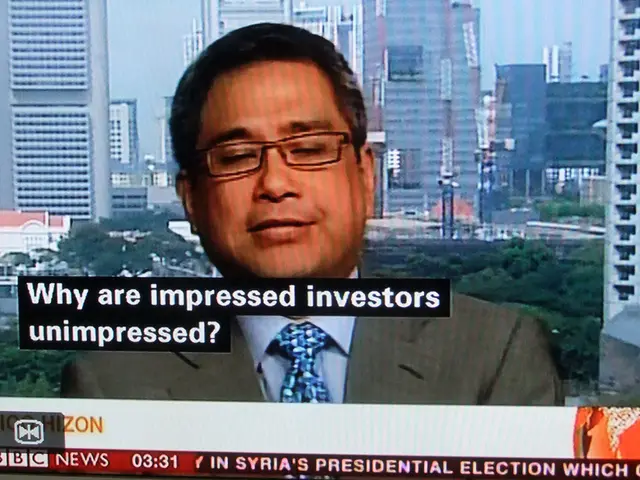Regulatory Body in Europe Highlights Tokenized Shares, Emphasizes Necessity for Protective Measures
The financial world is witnessing a significant shift with the advent of tokenization, a technology that transforms traditional assets into digital form. This transformation is not limited to the United States, where the first SEC-registered tokenized money market fund was launched in 2021. Europe is also making strides, leading in fixed-income issuance and tokenized bonds.
The European Securities and Markets Authority (ESMA) has recognised the potential of tokenization, proposing changes to make the DLT Pilot Regime permanent and more flexible. The aim is to tailor thresholds and eligible assets to the risks of each business model, ensuring a balance between financial innovation and investor protection.
Europe leads in fixed-income issuance, accounting for more than half of 2024's total. Tokenized fixed-income issuance in Europe has tripled last year, reaching €3 billion ($3.5 billion). Notable examples include the European Investment Bank's digital bond issued on the Luxembourg Stock Exchange in 2022.
Countries like Germany, France, and Spain have pioneered digital bonds and security tokens for covered bonds. However, concerns about investor misunderstanding arise as most tokenized equities are structured as derivatives. ESMA is calling for clarity in how existing securities rules apply on-chain and enabling wholesale settlement.
Jakob Kronbichler, CEO and co-founder of Clearpool, believes that while Europe isn't being left behind on tokenization, the picture is uneven across regions. He emphasises the opportunity for Europe to make the DLT Pilot permanent, clarify how existing securities rules apply on-chain, and enable wholesale settlement.
Liquifi's head of sales, Justin d'Anethan, shares similar sentiments. While ESMA's speech is encouraging, he worries that Europe might get lost in preparing to do things in the best way, while other jurisdictions have already started implementing tokenization. He also notes that there are examples of platforms and products available elsewhere that are not in Europe, potentially leading to economic growth and technological relevance loss.
The global tokenized assets market is currently worth approximately $600 billion. However, the U.S. is ahead on tokenized funds, while Europe leads in tokenized bonds under the DLT Pilot.
The discussion around tokenization isn't limited to traditional financial institutions. Companies like Robinhood have ventured into offering "tokenized stock," but have faced criticism. OpenAI, for instance, stated they did not partner with Robinhood and do not endorse it.
Google has entered the fray, unveiling an institutional-grade ledger designed to support tokenization and real-time settlement. As the world of tokenization continues to evolve, it's clear that the potential for change is immense. The challenge lies in striking the right balance between financial innovation and investor protection.








